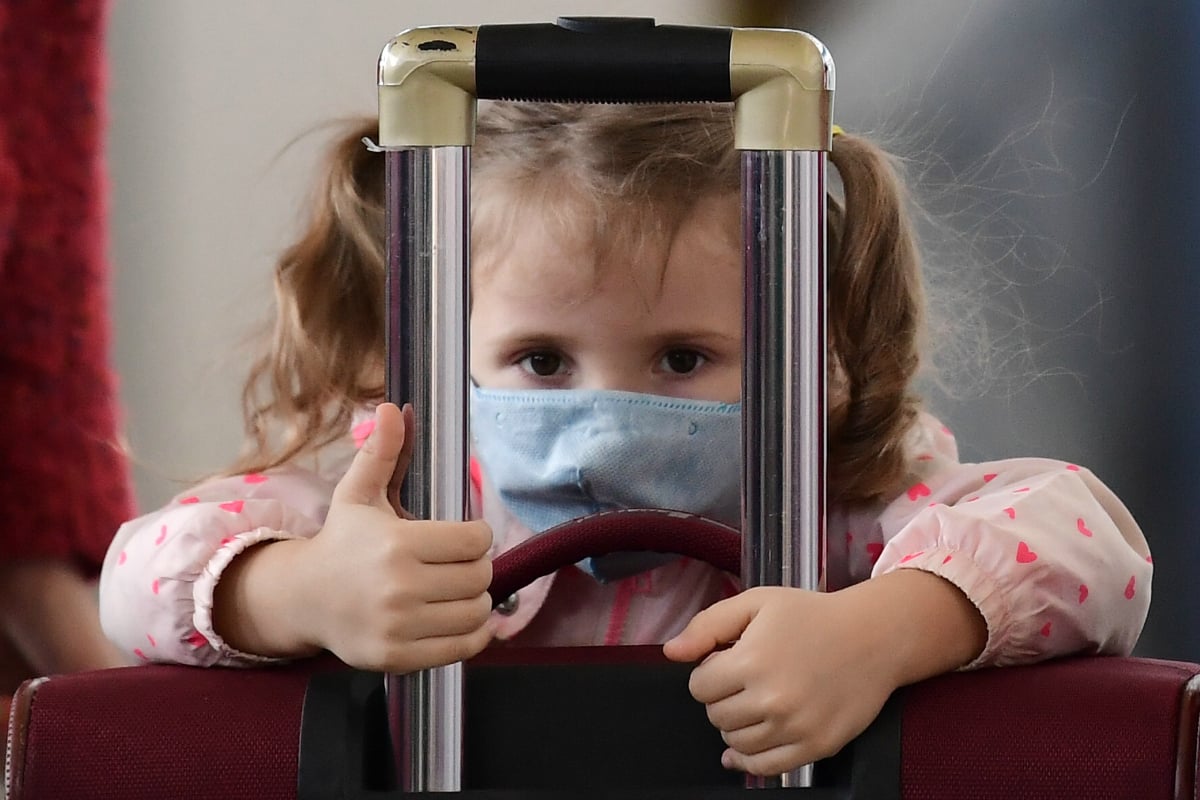
In Australia, there have been 33 cases of COVID-19, also known as Novel coronavirus. And this week, three of those were confirmed to be cases of human-to-human transmission.
In simple terms, that means the patients had not travelled overseas to one of COVID-19’s known hotspots, and therefore likely contracted it from someone in Australia who had.
It’s a common pattern emerging around the world.
Should I stockpile? Your top 20 coronavirus questions answered. Post continues after podcast.
Since the disease was first reported in China’s Hubei Province in late December 2019, it’s been detected in a further 73 countries. South Korea, Iran and Italy, for example, have emerged as international hotspots with 9,184 cases between them.
In fact, the virus is now spreading at a faster rate outside China than it is within. In the 24 hours to Tuesday, China reported just 129 new cases: its lowest number since January 20.
This is good news. It’s evidence that the spread of COVID-19 can be slowed and eventually contained with the right response.
And here, that starts with you.
So let’s take a look at what scientists understand about how COVID-19 spreads among the community, and what you can do to help prevent it.
How COVID-19 spreads.
COVID-19 is transmitted via small droplets of fluid from the nose and mouth of someone who is sick.




























































































